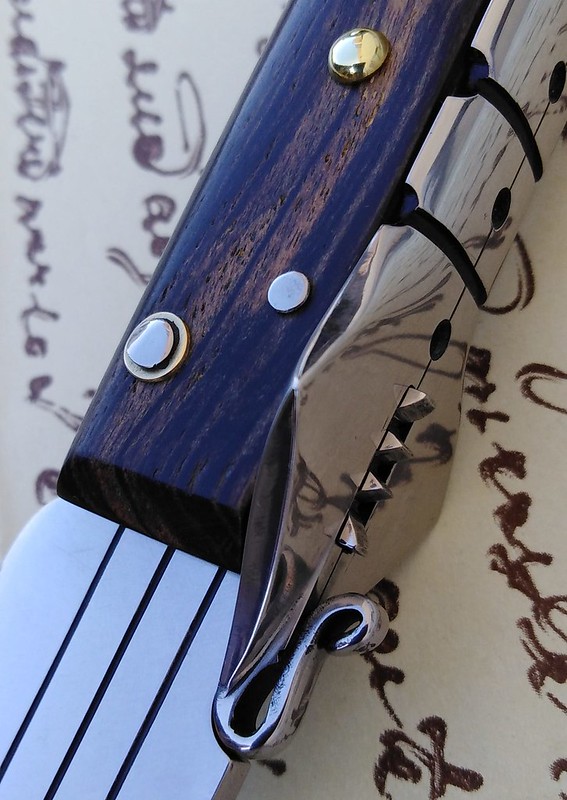Hi all, I hope this is the right place for my question and that someone out there can help!
I'm looking for more information on the locking mechanism used in the traditional Sicilian 'Cuteddu Ammanicatu' fighting knife. It seems to have a lever on the back but I can't find any information on how it actually works, nor can I find an example of one of these knives in the UK to see it in action myself. Does anyone know anything about it? Or better yet have a cutaway image / diagram? Speculation from the knowledgeable is also welcome....

Thanks in advance!
I'm looking for more information on the locking mechanism used in the traditional Sicilian 'Cuteddu Ammanicatu' fighting knife. It seems to have a lever on the back but I can't find any information on how it actually works, nor can I find an example of one of these knives in the UK to see it in action myself. Does anyone know anything about it? Or better yet have a cutaway image / diagram? Speculation from the knowledgeable is also welcome....

Thanks in advance!










